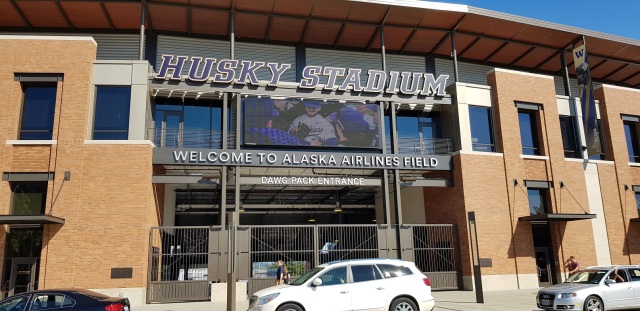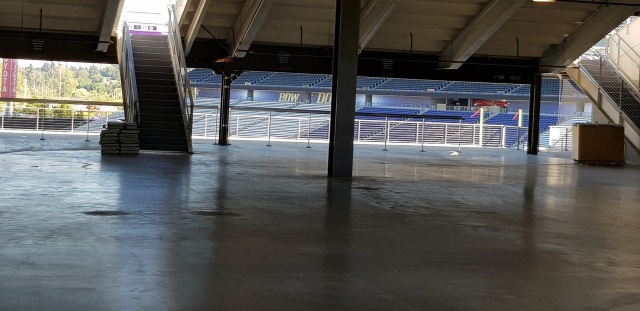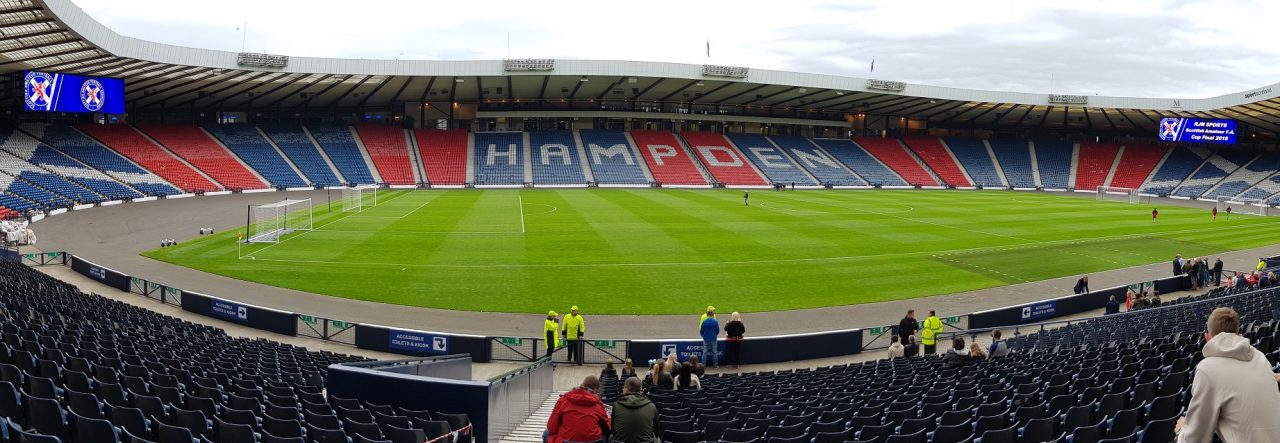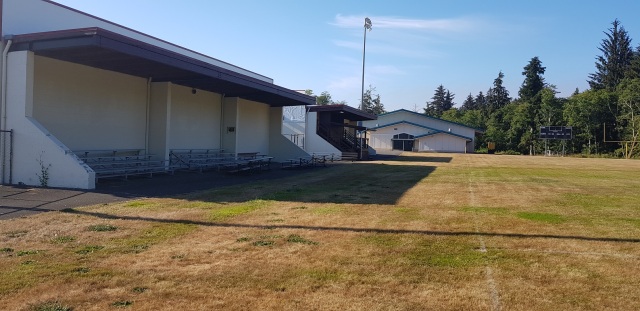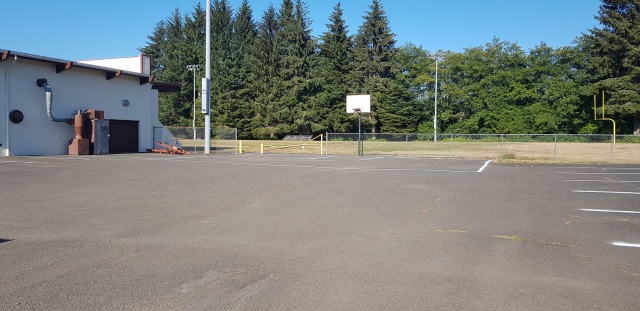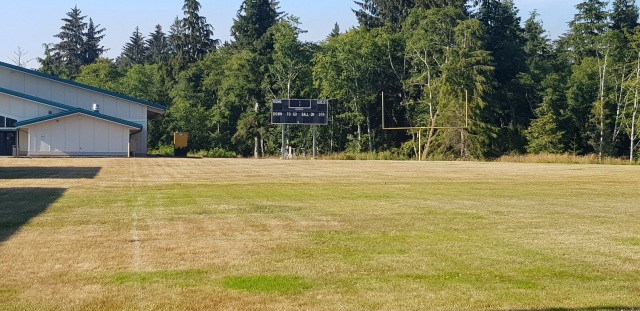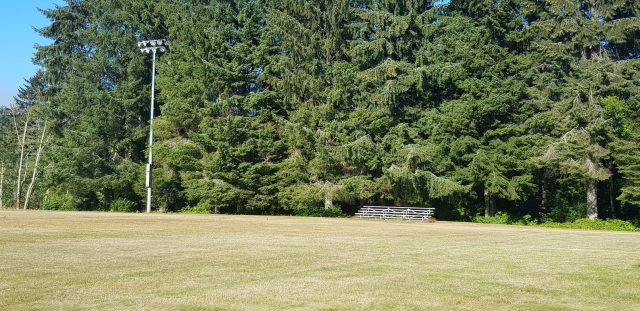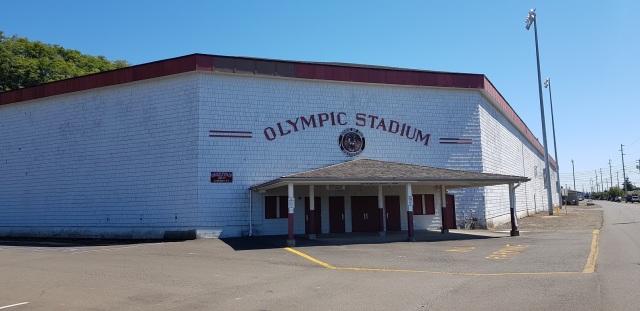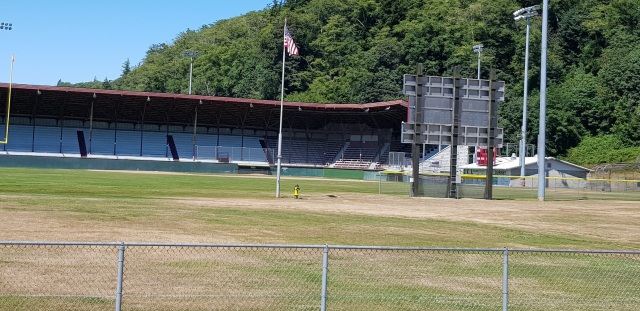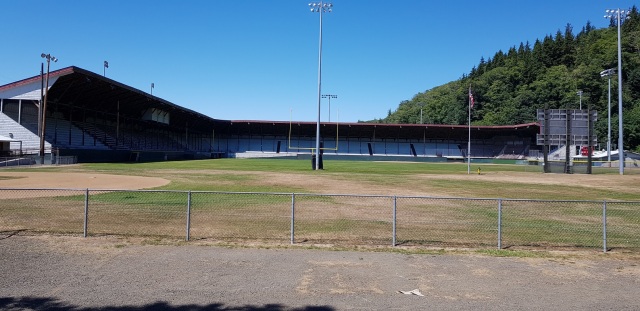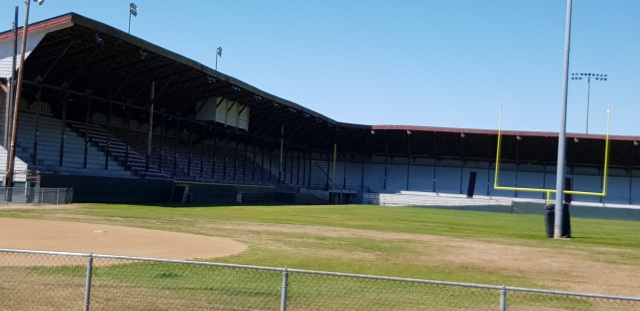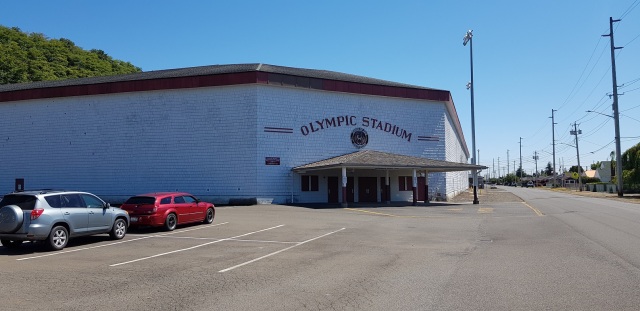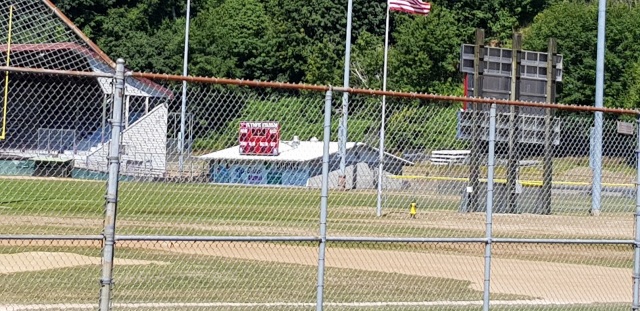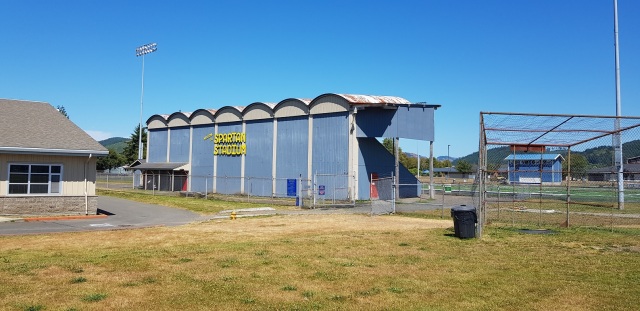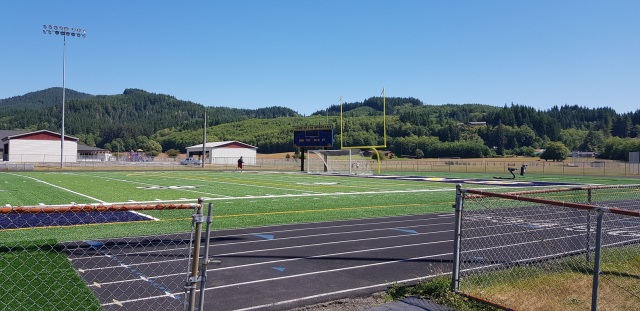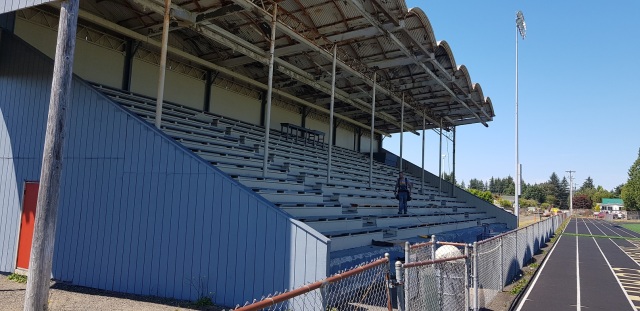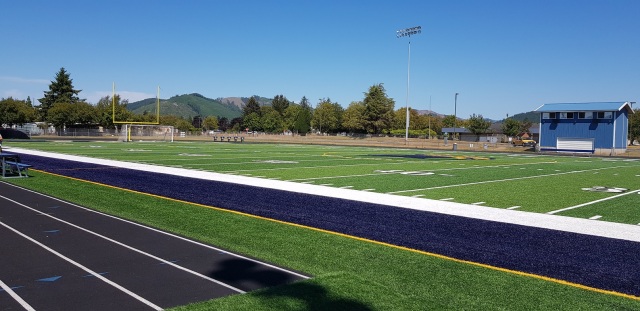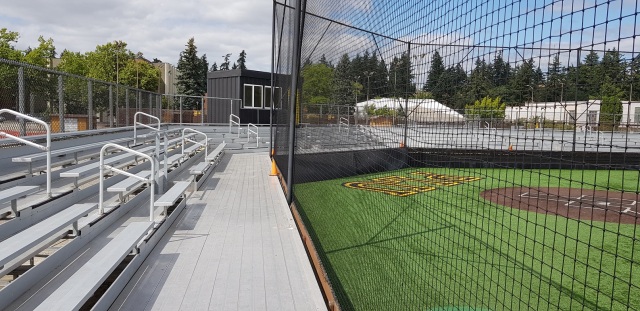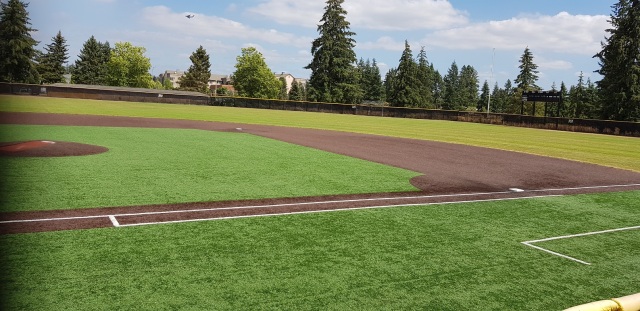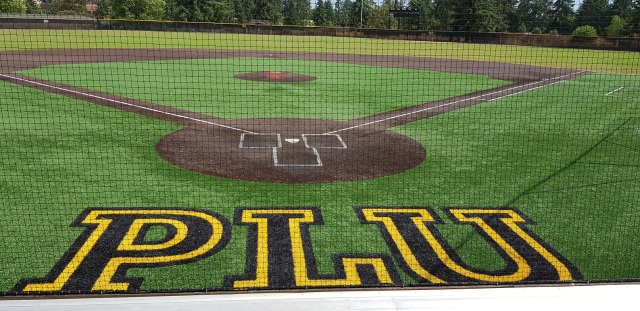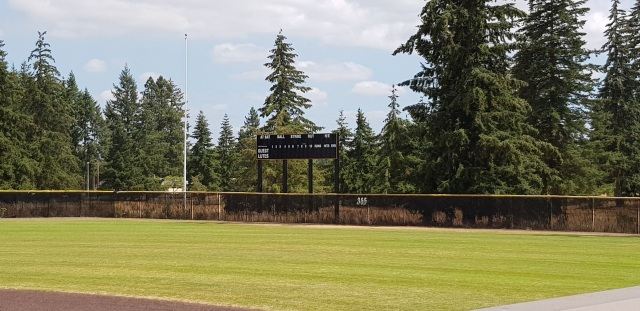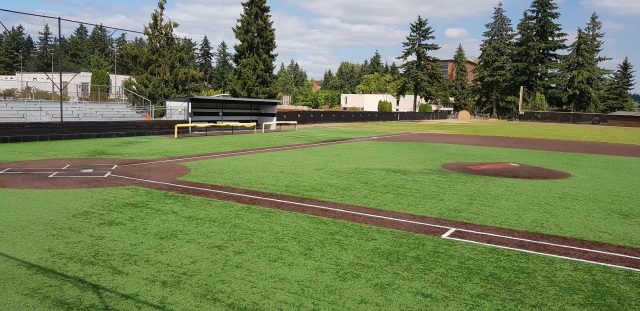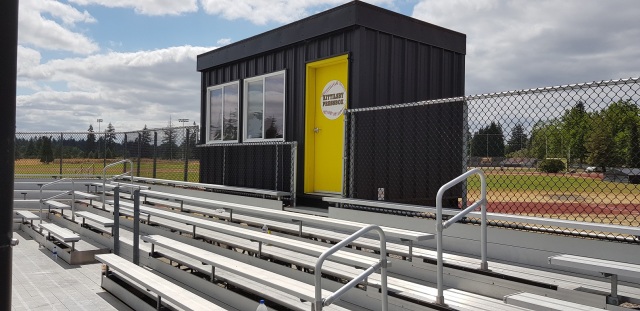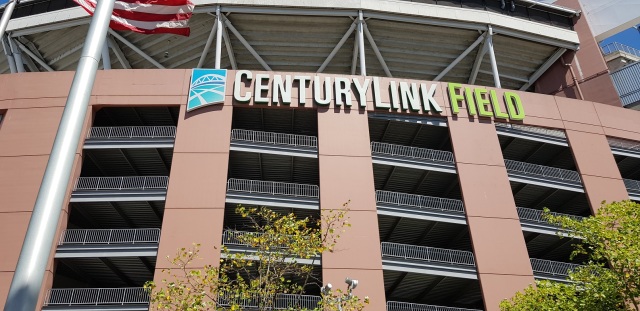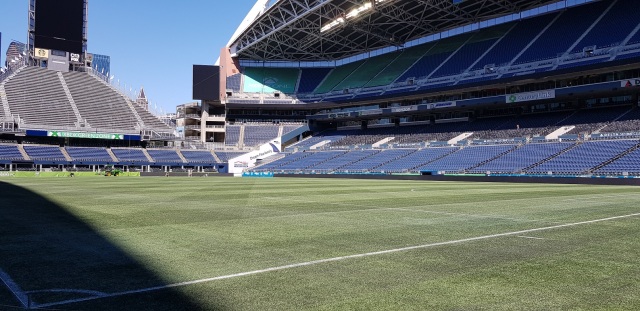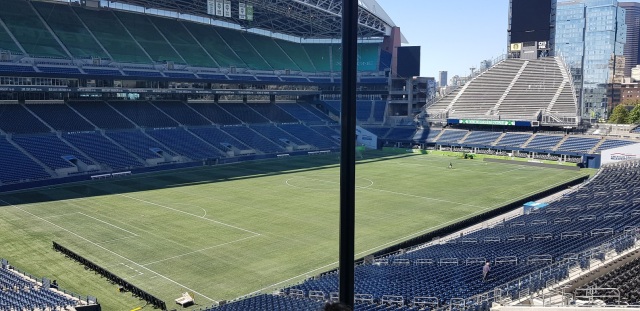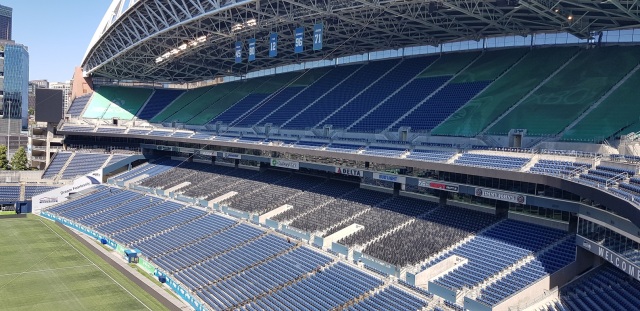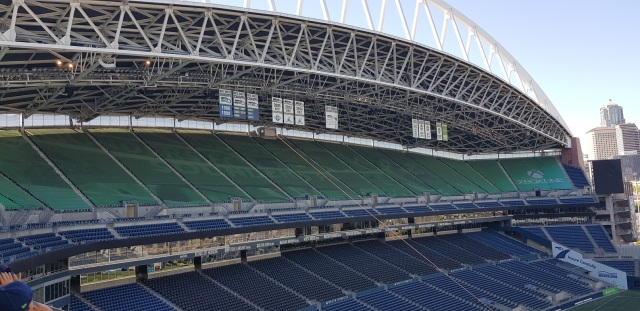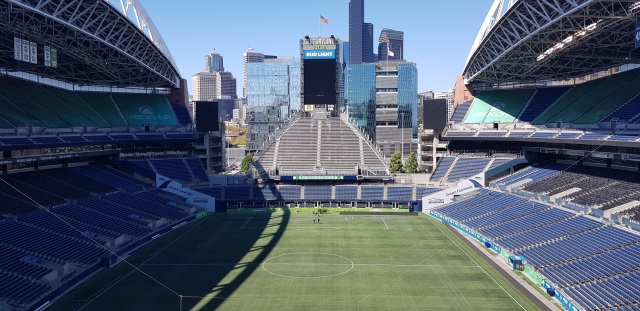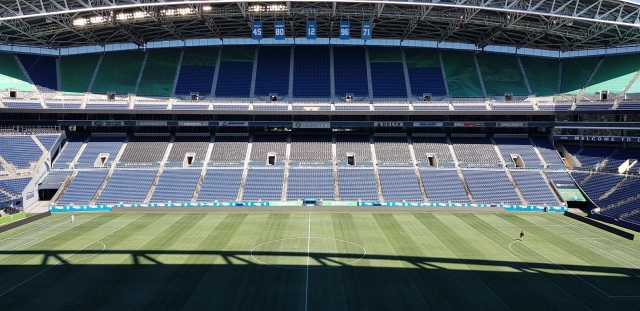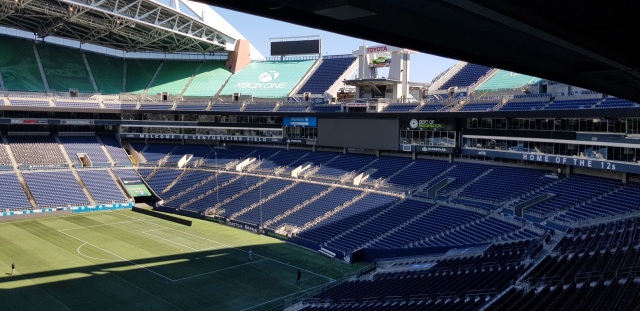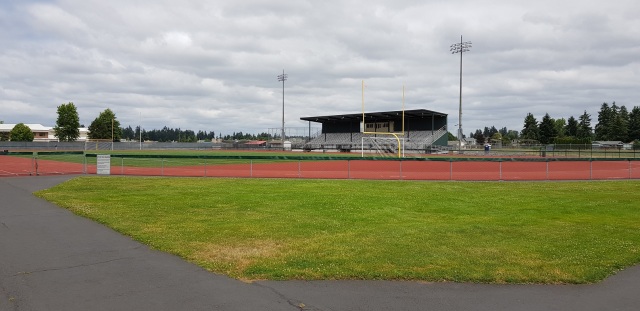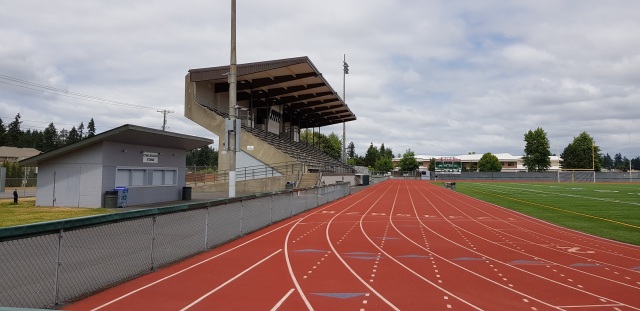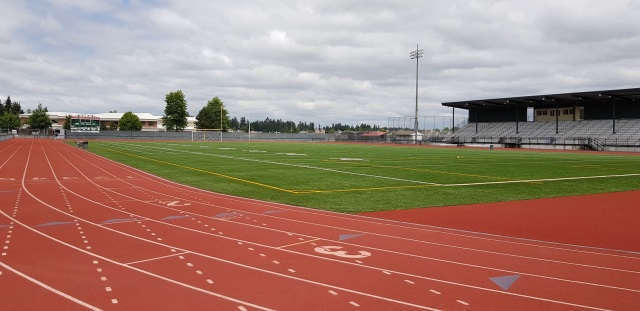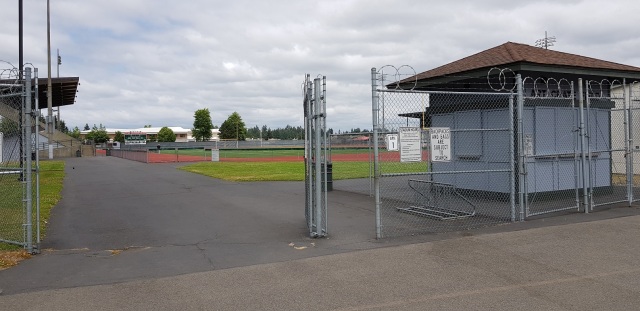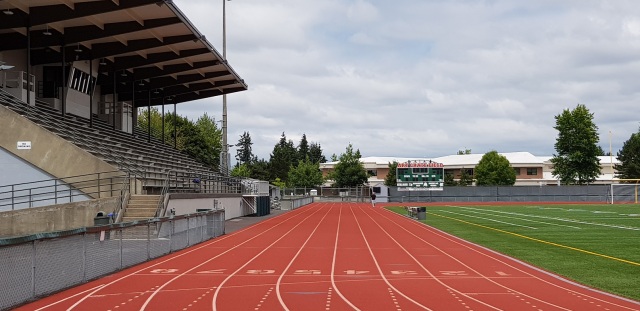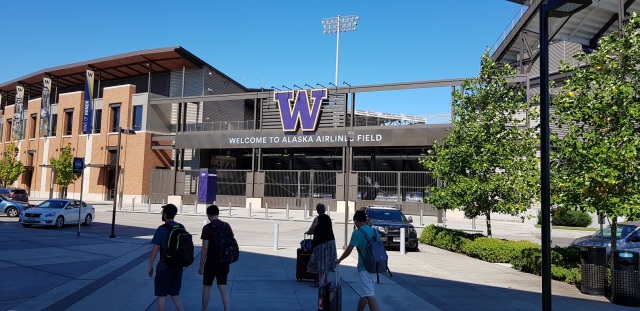
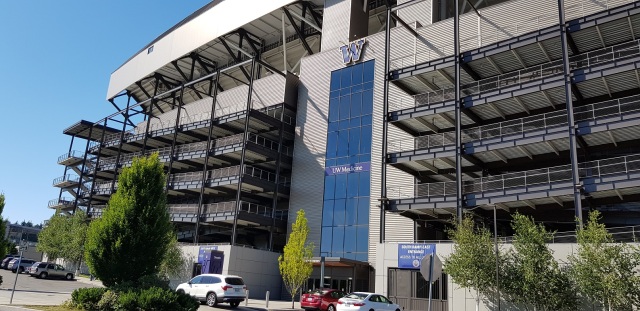
Officially known as Alaska Airlines Field at Husky Stadium, through a sponsorship with Alaska Airlines, who maintain an air hub at the nearby SeaTac Airport, Husky Stadium is the football stadium for the University of Washington, who compete in the Pac-12 conference’s North Division. Following renovations in 2013, the stadium seats 70,083, making it one of the largest stadiums in the Pacific Northwest region.
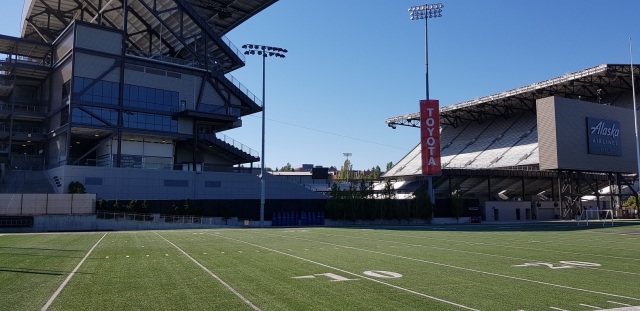
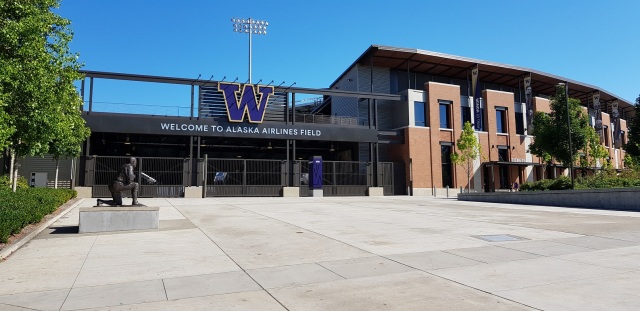
Originally built in 1920, with a capacity of 30,000, the stadium has undergone many changes in it’s near 100 year lifespan, and currently sits as a U-Shaped bowl, with the ope end facing Union Bay on Lake Washington, giving views of the Cascade Mountains on clear days. The U-Shape was specifically designed to shield the playing field from glare during afternoon games. The stadium sits as the centrepiece of the athletic village of the University of Washington, with their main indoor arena (the Hec Edmunson Pavilion), Husky Ballpark, Husky Softball Stadium (there was a game going on here when I walked round the site), Husky Soccer Stadium, and the rowing team’s Conibar Shellhouse all sitting within a few hundred yards of the stadium. The Seattle Link Light Rail has a station right at the stadium, which has proven popular for supporters who are not attending from campus.
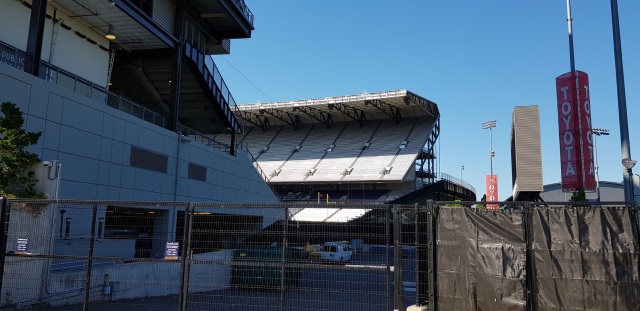
The stadium has been long regarded as one of the loudest in college football, partly due to the design of the stadium, with most of the spectators housed in the two sideline stands, which both overlap each other and have large cantilever roofs. A game in 1992 was recorded by ESPN as reaching 133.6 decibels, which is the loudest recorded level at any college sporting event. The Seattle Seahawks have also used the stadium, first for five games in 1994, when the Kingdome’s roof required emergency repairs, and for the entire 2000 and 2001 seasons when CenturyLink Field was under construction.
